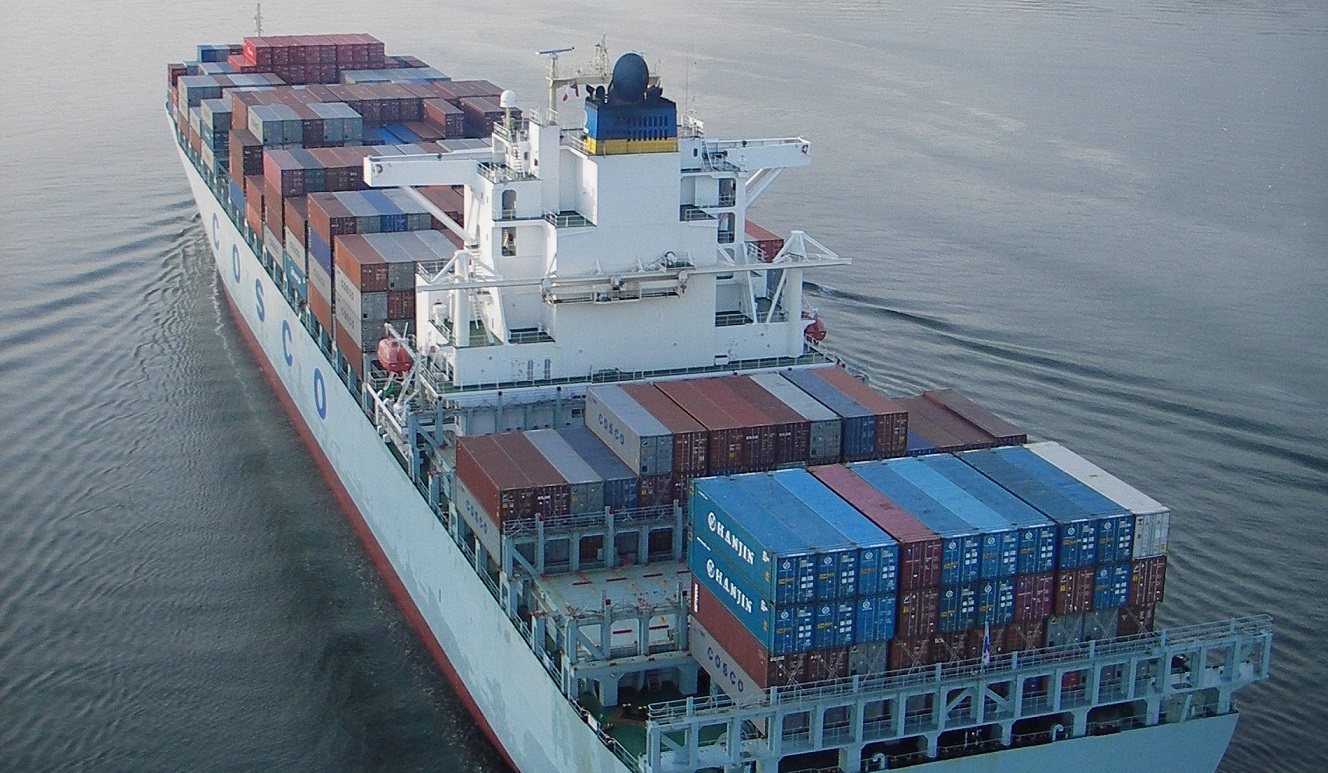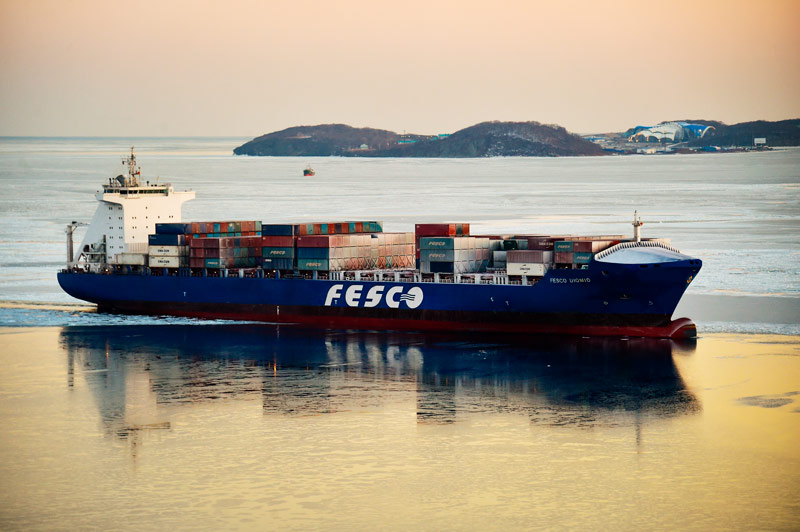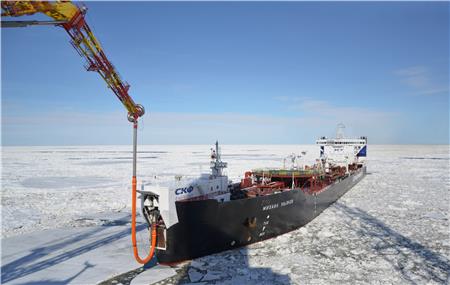
Tectonic changes are underway in the global shipping market: freight rates for containers are falling, those for tankers on the rise. Russia is working towards organizing deep sea routes to China and other Asian countries as well as towards redirecting oil exports.
Long-term freight rates in the segment of container ships have been decreasing for the third month in a row. China Containerized Freight Index has decreased from about 5,500 in spring 2022 to current 3,000. US East Coast rates showed the steepest fall to the level of late 2021. In general, container freight rates are much higher than those of pre-covid level (by about 67%). Fundamental factors suggest that a stable trend towards reduction has been formed.
First of all, two years of continuous growth have led to the ‘overproduction crisis’, natural for a market economy: the super-profits of container operators were invested in the creation of new assets, hence the excess tonnage in the market. Secondly, there is a slowdown in global economic growth, both due to the energy crisis in Western countries, where households started redistributing their expenditures (from consumer goods to utilities), and due to the crisis in the Chinese economy. Thirdly, severe anti-COVID restrictions are still in force in China, which hinders the growth of international trade.

“We’ve already seen how spot rates have collapsed since summer,” comments Patrik Berglund, Xeneta CEO, “and, after a few months of very slender long-term rates drops, we’re now witnessing a ‘catch-up’ as existing agreements expire and new contracts come into force… Average rates are now falling, marking an end to the record-breaking quarters that we’ve almost grown accustomed to seeing from the leading carriers. As we approach 2023, stormy waters await for a segment that is so often a bellwether for global economic well-being.”
According to Xeneta, the idle fleet is expected to pass 1m TEU with the anticipated growth in the size of the world container fleet.
Amid this background, Russia continues the ‘eastward pivot’ process. A side affect of that pivot can be an organization of deep sea container lines on the China – Saint-Petersburg and China – Novorossiysk routes as we wrote earlier https://en.portnews.ru/comments/3274/ . Global fall of container freight rates can contribute to the success of those initiatives since transportation of containers by railways will become less attractive.
While the cost of container transportation by sea is declining, freight rates for tankers are rising. Thus, freight rates for VLCC tankers surged from -$13,000 per day in June 2022 to +$68,100 per day in October. There was a moment when spot rates exceeded $80,000 per day.
The growth was also observed in the product tanker market. LR freight rates increased from $3,144 in January to over $25,000 in October 2022, while MR freight rates increased from $6,297 to $34,713 (in the spot market).
We associate the increase of freight rates in the tanker segment with the strivings of consumers to build up maximum reserves by the winter and with the anticipation of an embargo on Russian crude and oil products.

In the opinion of BIMCO's Chief Shipping Analyst, Niels Rasmussen, “supply growth will be minor in both the crude and product tanker markets. Both fleets will grow by 1.0% in 2023, while the product tanker fleet will remain static in 2024 and the crude tanker fleet will fall by 0.4%. The implementation of EEXI and CII regulations may reduce average sailing speed in both markets by 2-3% and cause capacity supply to fall by 1-2% in 2023. Overall, we still expect solid improvements in trading conditions for both tanker markets in 2023, followed by minor improvements in 2024. Nevertheless, risks to cargo demand remain but are more likely to temper improvements than eliminate them.”
Introduction of the embargo on import of Russian oil which comes into effect in Europe on 5 December 2022 can boost the demand for oil transportation by tankers since volumes previously bound for Europe are taken over by carriers working with consumers in Turkey, India and China as we wrote earlier https://portnews.ru/ourcomment/55/ . However, the growth of freight rates is not favorable for that logistics.
As a conclusion, it should be said that Russia is in acute need of its own fleet to be independent of the fluctuations of geopolitics and the global market. As Aleksandr Poshivai, Deputy Minister of Transport, said at the Transport Week 2022 in Moscow, “the demand is estimated at hundreds of units. As of today, the work is underway on expansion of our shipyards capacity and consideration of ready ships acquisition abroad by Russian beneficiaries”.
The Ministry of Transport of the Russian Federation sees the most acute need of the country for dry cargo carriers of Handysize and Panamax types, container ships of up to 3,000 TEU in capacity and tankers.
More industry-related content is available on our social media pages: YouTube, Telegram, Twitter, Yandex Zen




